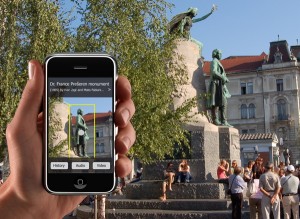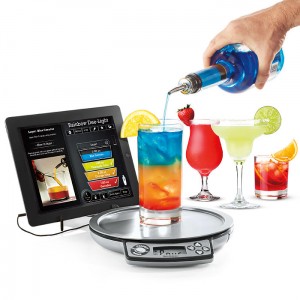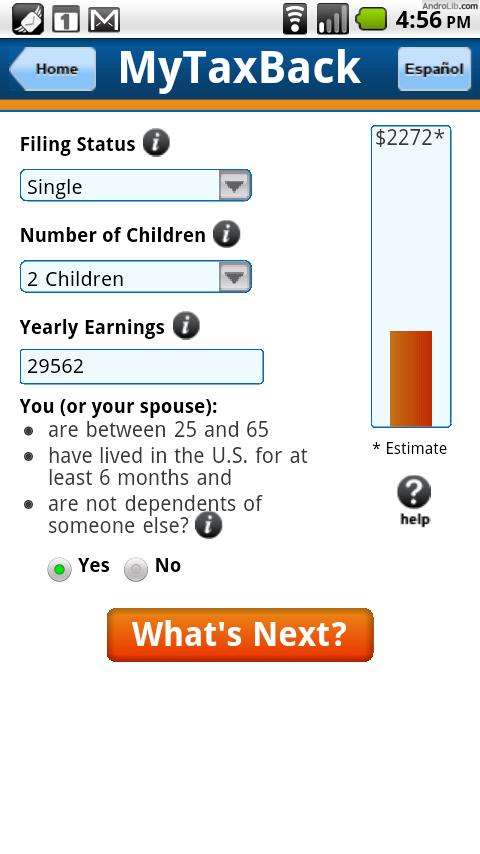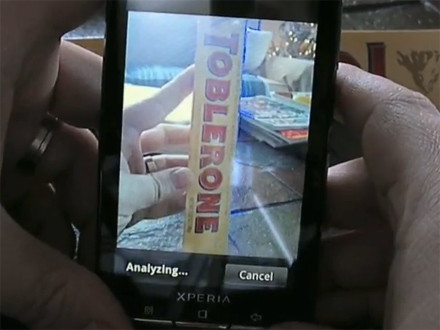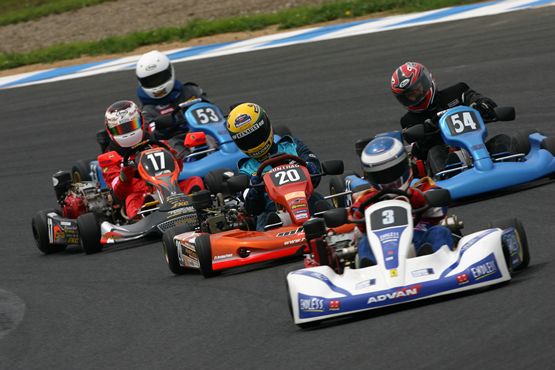Object recognition on mobile phones is typically done by uploading a picture to a server for recognition while the user waits. This project took recognition algorithms and the image database and put them on device. Applications using the SDK will include games, educational tools and real world browsers.
The performance is impressive. With 1000 images in a database, the typical Android device can make a recognition in about 0.25 seconds. Images can be recognized at a sharp angle or even with the device held upside down. Partially hidden objects are also be recognized. To generate their own database, users can also add their own images from the camera phone.
The starting point for the SDK was some experimental C code for database creation and recognition. It needed to be refactored and made into a native Android library using the Android Native Development Kit (NDK). That library is called by both a PC-based database creation program and by a reference application that SDK users will use as jumping-off point for their own projects.
The SDK is available for educational use and may be released later for commercial development.

